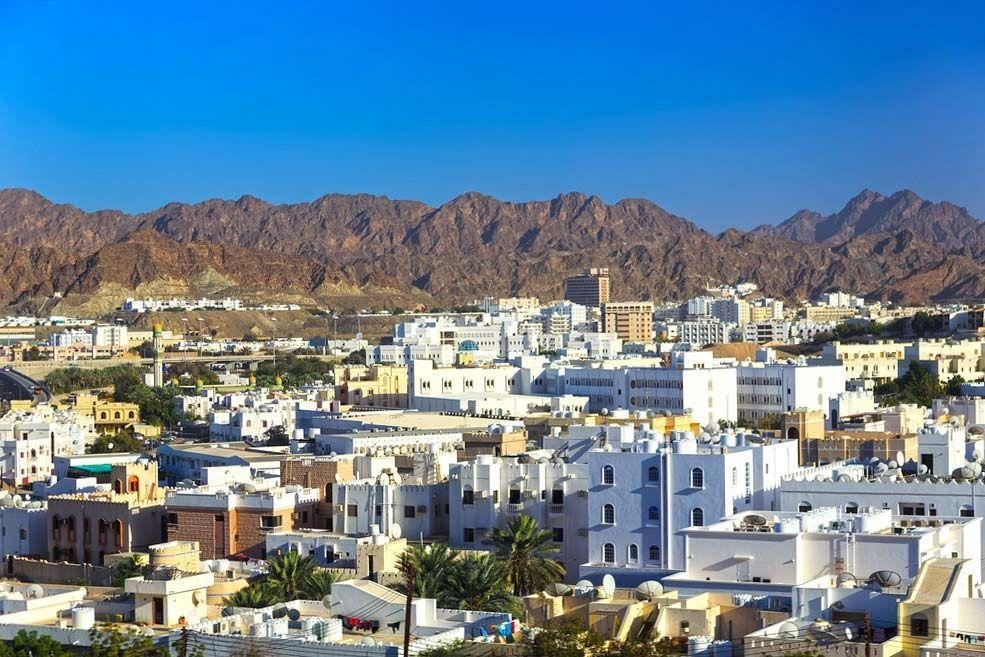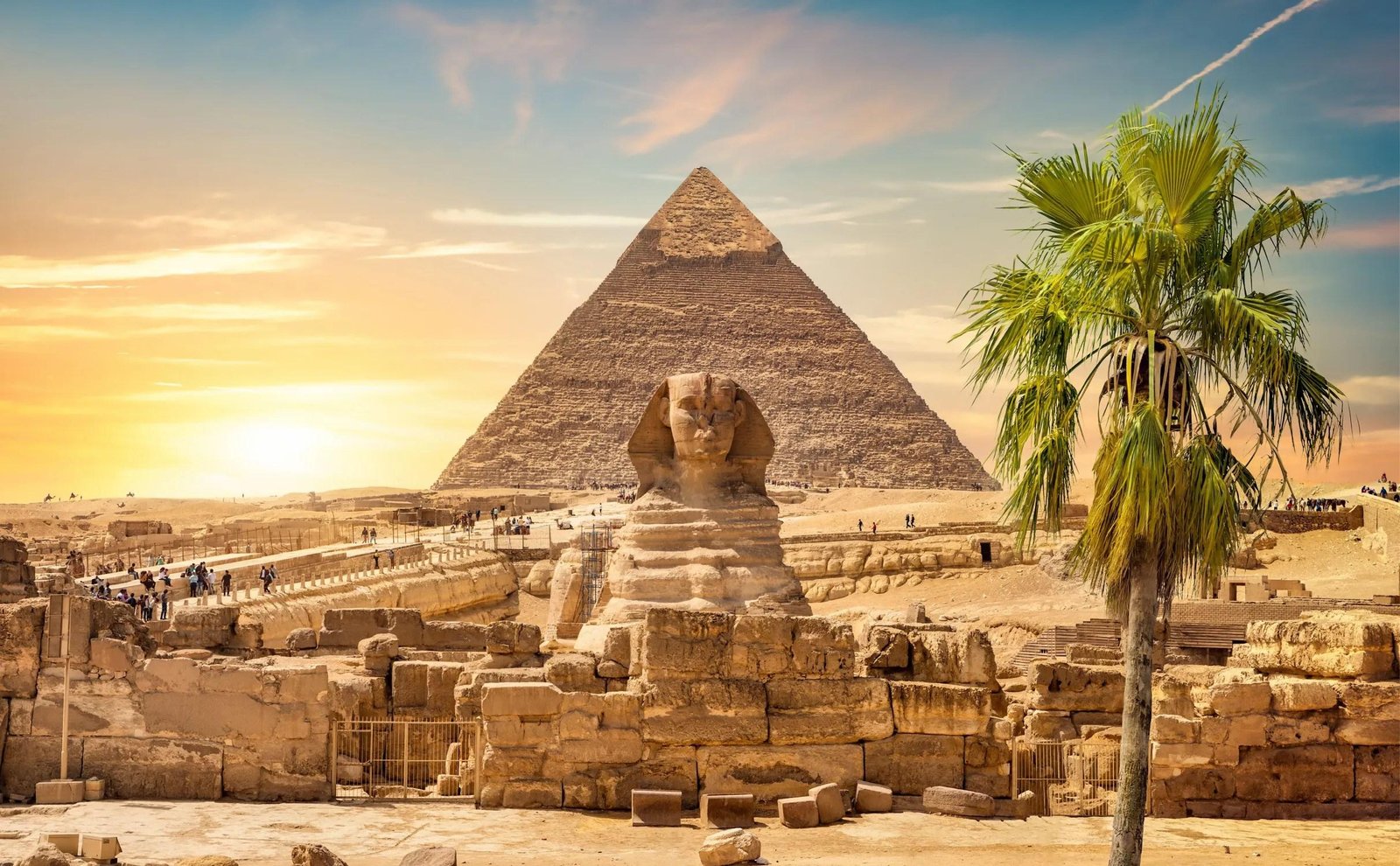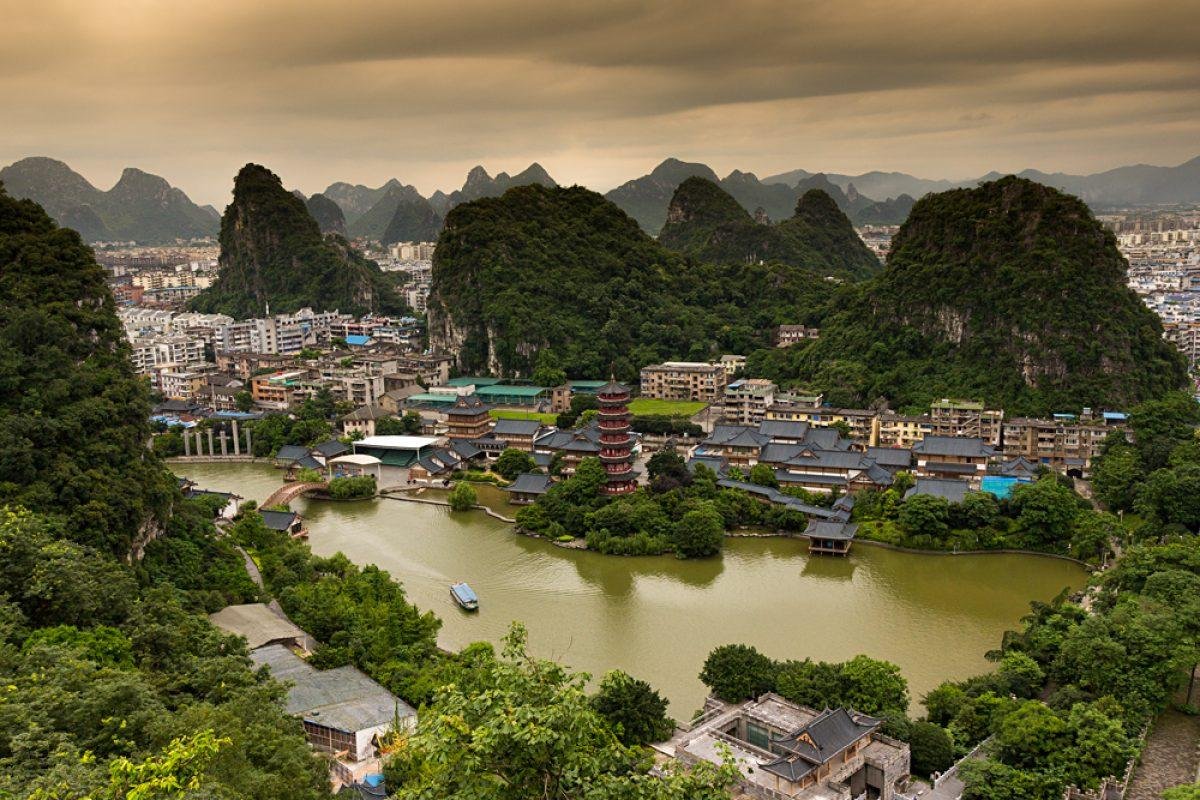Muscat, the capital city of Oman, is a captivating blend of traditional Arabian architecture and modern design, reflecti...
The Architectural Landscape of Hong Kong
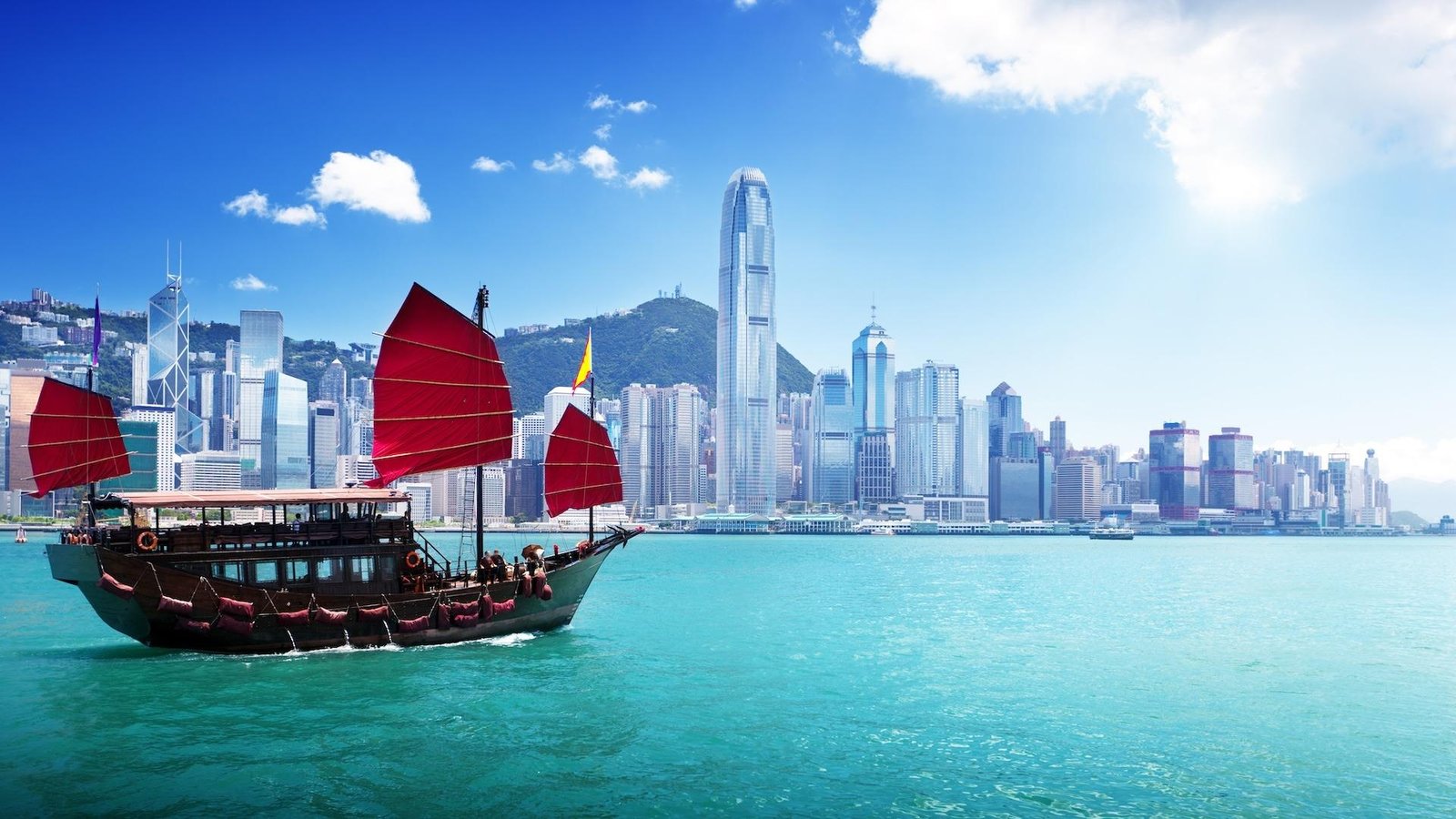
Hong Kong, a bustling metropolis, is renowned for its remarkable architectural diversity that reflects its rich history and rapid development. The city’s skyline is a stunning amalgamation of modern skyscrapers, colonial buildings, and traditional Chinese structures, creating a unique urban landscape. The International Commerce Centre, standing at 484 meters, is the tallest building in Hong Kong and an emblem of contemporary architecture, showcasing innovative design and engineering. The Bank of China Tower, designed by I.M. Pei, features a distinctive geometric shape that has become iconic.
In contrast, the historic Central district is home to colonial-era buildings such as the Former Kowloon-Canton Railway Clock Tower and the Hong Kong and Shanghai Banking Corporation building, which exhibit classical architectural styles. This blend of old and new is further emphasized in neighborhoods like Sheung Wan, where traditional shops and temples coexist alongside modern cafes and art galleries.
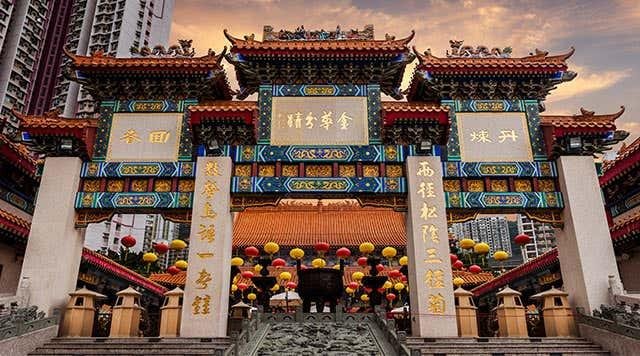
Traditional Chinese architecture is represented in structures like the Wong Tai Sin Temple, characterized by its vibrant colors and intricate roof designs, offering a glimpse into the spiritual life of the city. The contrast between the ornate details of these temples and the sleek lines of contemporary buildings highlights the cultural fusion that defines Hong Kong.
Public spaces also play a crucial role in the city’s architecture. The Hong Kong Cultural Centre, with its wave-like roof, is a hub for performing arts and is surrounded by beautiful promenades that offer stunning views of Victoria Harbour. The integration of art and architecture is further exemplified in the West Kowloon Cultural District, which aims to be a vibrant cultural hub featuring museums, galleries, and performance venues.

Sustainability is increasingly becoming a priority in Hong Kong’s architectural landscape. The Zero Carbon Building in Kowloon demonstrates a commitment to eco-friendly design, incorporating renewable energy sources and green technologies. This focus on sustainable architecture reflects a growing awareness of environmental issues and the importance of creating livable urban spaces.
Hong Kong’s unique topography also influences its architecture. The city is built on a series of hills and mountains, leading to innovative designs that adapt to the challenging landscape. Buildings like The Peak Tower are designed to blend harmoniously with the natural environment while providing breathtaking views of the city.
In summary, Hong Kong’s architecture is a captivating blend of historical and modern styles, showcasing the city’s dynamic spirit and cultural richness. From the towering skyscrapers of Central to the serene temples of Kowloon, the architectural landscape of Hong Kong is a testament to its evolution as a global city. Visitors and residents alike are continually inspired by the creativity and innovation that define this remarkable urban environment.
Share:

